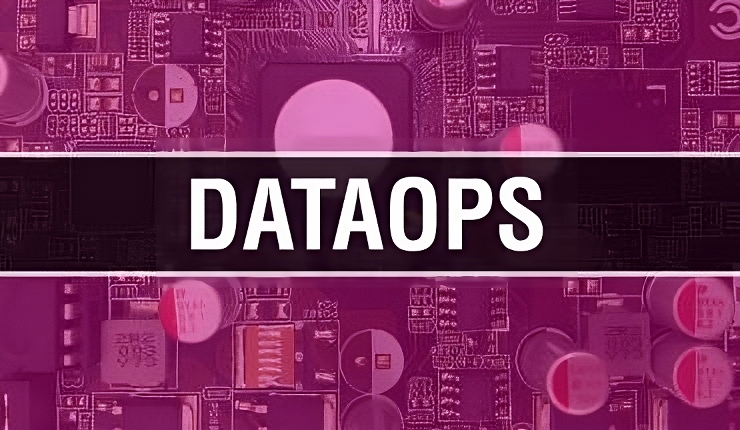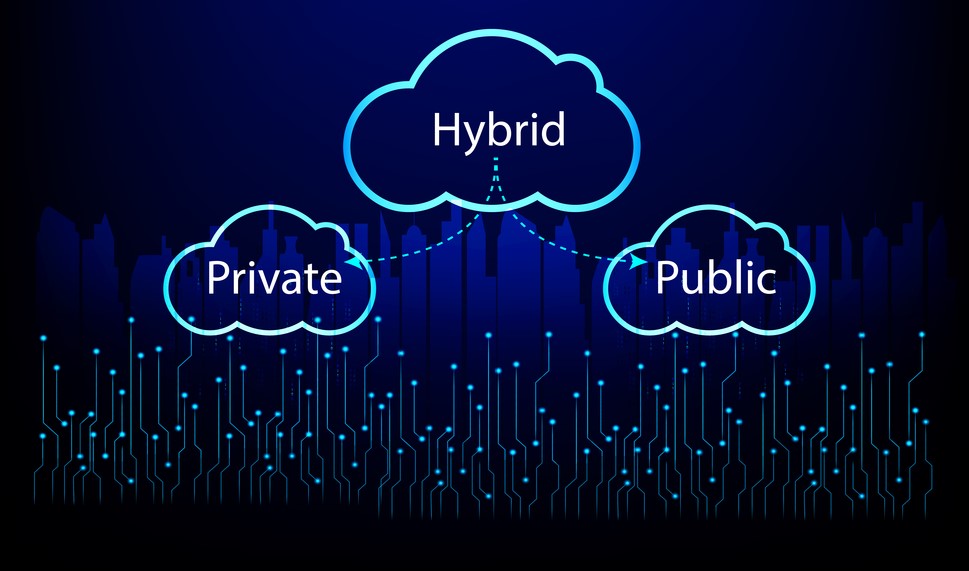
Increasingly, businesses are using DataOps principles to guide their data pipeline strategies, construction, and operations.
Vast volumes of data generated by applications, user engagements, smart devices, and more are increasingly available today. Businesses obviously want to use such data to improve customer services, increase operational efficiencies, drive more revenue, and more. The key to making that happen is a move to an intelligence data pipeline strategy that makes it easier to go from raw data to insights.
Recent market research puts the interest and demand for data pipelines into perspective. A market analysis report by Grand View Research estimates the global data pipeline tools market, which was valued at $7.1 billion in 2021 and will expand at a CAGR of 24.5% through 2030. It noted that driving factors include the increased adoption of artificial intelligence, the Internet of Things, and growing investments in advanced technologies.
The report also noted that there is, in general, a need for pipelines that reduce data latency and that can accommodate real-time data. Specifically, the report found that the real-time analytics segment dominated the market in recent years. It attributed that to the increasing need for real-time data streamlining and management tools in multiple industries, including energy and utilities, logistics, transportation, manufacturing, and more.
See also: Data Pipeline Pitfalls: Unraveling the Technical Debt Tangle
Enter DataOps for the data pipeline
Increasingly, businesses are using DataOps principles to guide their data pipeline strategies and construction. The reason for the interest in DataOps for data pipelines is that many aspects of DataOps are essential in a modern data pipeline.
Gartner spells this out in its definition of DataOps. It notes that:
“DataOps is a collaborative data management practice focused on improving the communication, integration, and automation of data flows between data managers and data consumers across an organization. DataOps aims to deliver value faster by creating predictable delivery and change management of data, data models, and related artifacts. DataOps uses technology to automate the design, deployment, and management of data delivery with appropriate levels of governance, and it uses metadata to improve the usability and value of data in a dynamic environment.”
Similarly, React engineer and Deloitte Consultant Stephen Roddewig noted in a Hubspot blog that:
“DataOps is an approach to data analytics and data-driven decision making that follows the agile development methodology of continuous improvement. The goal of DataOps is to reduce the cost of data management, improve data quality, and deliver insights to analysts and business users faster by creating data pipelines.”
See also: DataOps Trends To Watch in 2023
Essential elements of an intelligent data pipeline
Taking DataOps principles into account, modern data pipelines do more than simply get data from a source (e.g., a database or a device that generates the data) to an application that uses that data. Other essential features and needed capabilities include:
Transformation: Raw data, shared via an API or other means, is often useless. Data must be put into a format that end users and applications understand and expect. Transformation within a data pipeline can take multiple forms.
It might simply be a matter of converting data from one format to another. For example, a date in a database might be represented as December 15, 2022, but an application might need it represented as 20221215. Or there might need to be a unit conversion. So, a temperature in Fahrenheit might need to be converted to Celsius or Kelvin.
Automation: Data pipelines perform multiple tasks, including data extraction, transformation, and delivery. Many such tasks are done manually in businesses today.
For example, a business unit seeking to generate a report on the effectiveness of a sales campaign could query a database, convert the raw data into a suitable format, load that data into a spreadsheet, cloud database, or file, and then apply their analysis. A modern data pipeline would be created and programmed to carry these tasks out without human intervention.
A final word on DataOps and data pipelines
Transformation and automation are rudimentary capabilities every data pipeline must have. Modern data pipelines offer more.
Some data pipeline tools incorporate advanced DataOps capabilities to offer data discovery capabilities that help users know what data is available and how to connect to it. Others leverage DataOps to ensure data integrity and protect the data as it traverses an organization. Some solutions are more adept at handling real-time data. Some are more efficient, only conveying changes in data.
The bottom line is that as the need for data pipelines grows, DataOps will play a more significant role in their operations.

Salvatore Salamone is a physicist by training who has been writing about science and information technology for more than 30 years. During that time, he has been a senior or executive editor at many industry-leading publications including High Technology, Network World, Byte Magazine, Data Communications, LAN Times, InternetWeek, Bio-IT World, and Lightwave, The Journal of Fiber Optics. He also is the author of three business technology books.




